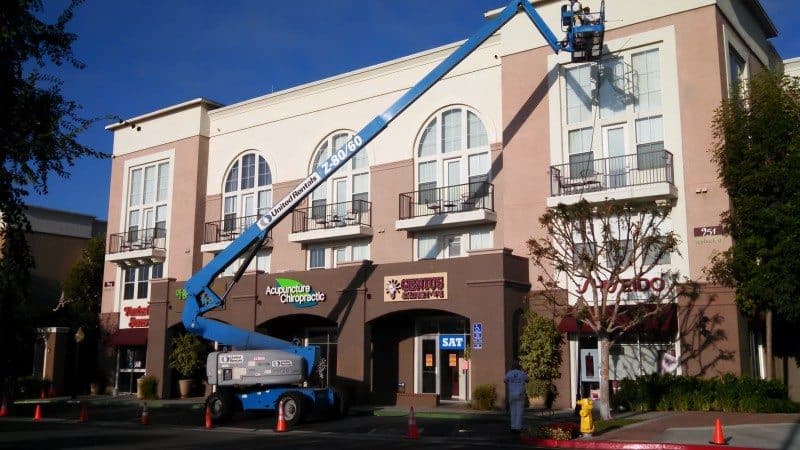Compared to everything else that goes into the management of a commercial or industrial facility, painting seems relatively simple. Still, it shouldn’t be taken lightly because of how vital it is to protect your investment. At the same time, you want to make sure it fits into your expenditures.
This is why it’s crucial to understand how to plan for your painting project. You wouldn’t start work on a new product or expansion without having some idea of how much it will cost you, and budgeting for a new paint job can help you get the most for your money without too many surprises.
What Goes Into a Budget?
There are several essential factors that go into the creation of such a budget. First and foremost, calculate the total square footage that needs to be coated. Next, think about the surfaces being coated and the demands placed on those coatings. This influences the type of paint you will need.
After that, it’s crucial to know how easily crews will be able to access all affected areas. Depending on your facility, specialized equipment such as lifts, cranes or scaffolding may be required. Perhaps the single-largest factor in how big your budget will be (and whether or not you can stay within it) is the contractor you choose.
Selecting a painter based on a lower-than-expected quote could lead to a lower-quality job and unexpected costs to fix it. On the other hand, overspending when you don’t need to could break the bank just as easily.
How Do You Create a Budget?
Budgeting doesn’t have to be complicated, even though there’s a lot that goes into it. Here are some key steps you can take:
- Know the specs. Having the most accurate information about the coverage area, accessibility issues and coating requirements will help you know what to expect and make the right choices as you go through the process. The more data you have at the beginning, the more on-target your plan will be.
- Choose your approach. You can plan from the bottom up or the top down. Starting at the bottom means talking to contractors first and requesting quotes. Working with the top-down approach means setting a cost figure first, then trying to fit the contractor’s services into that estimate. The advantage to the first approach is that it should be relatively accurate, while the other strategy makes it easier to remain within a fixed target.
- Be prepared for overruns. Practically no project goes exactly as planned. Even if you’re certain that you planned for every detail, there’s always a chance that something will go wrong. That’s why you should set up a contingency reserve inside your budget to cover any unforeseen issues.
Make Raider Painting Your Plan
Raider Painting’s professionals do everything they can to make your painting job go as smoothly as possible. We will work closely with you to identify your needs and suggest the proper way to handle them. Our expertise means we will be able to provide you with an accurate estimation of your costs. For information about our waterproofing, industrial painting, and tank/floor coating services, reach out to Raider Painting today.


